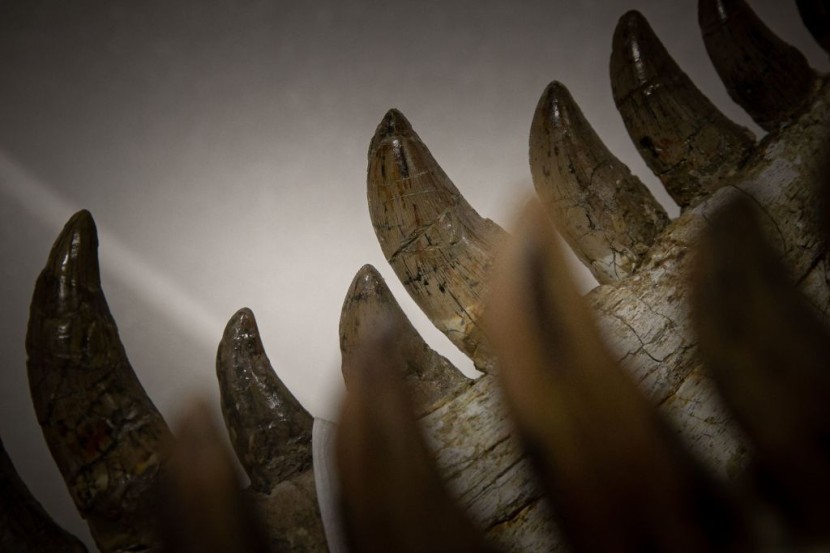Paleontologists from the United Kingdom discovered the skull of a Pliosaur, an ancient sea monster that swam in the oceans roughly 150 million years ago.
The latest finding could provide new insights into the characteristics of the animal. The two-meter-long fossil is considered to be one of the most complete of its ever found by scientists.
Ancient Sea Monster Skull

Experts found that the Pliosaur's skull was equipped with 130 razor-sharp teeth that more likely than not gave the sea creature an ability to kill with only a single bite. Steve Etches, a local paleontologist, expressed his amazement with the finding.
He said that the ancient skull is one of the best fossils that he has ever worked on throughout his entire career, noting that what makes it unique is that it is complete. Bristol University's Dr. Andre Rowe described the sea creature as an underwater Tyrannosaurus Rex, which lived nearly 68 to 66 million years ago.
The Pliosaur is called the ultimate killing machine and is said to have had a length of 10 to 12 meters with four powerful flipper-like limbs. Experts used a drone to survey and identify the likely location of the skull on the towering cliff face, as per WIONews.
Paleobiologist Prof. Emily Rayfield examined the sea creature's skull and revealed the Pliosaur's powerful bite had a force of roughly 33,000 newtons. This was more than twice the force of a saltwater crocodile, which has an average bite force of 16,000 newtons.
The ancient skull suggested that the Pliosaur had acute senses and snout pits that are believed to have been capable of detecting changes in water pressure made by its prey. The creature also had a hole in its head that housed a parietal, or third, eye. This indicated light sensitivity for locating animals in murky waters.
Rowe noted that Pliosaurs would have been so enormous that they would have effectively been able to eat anything that was unfortunate enough to be in its space. The skull was first found when fossil enthusiast Phil Jacobs was walking along a beach on the coast of southern England. He later came across the tip of the Pliosaur's snout lying in the shingle.
Powerful Biting Force
Following the excavation and analysis of the ancient sea creature's skull, it will be featured in a special David Attenborough program on BBC One on New Year's Day, according to Business Insider.
Etches added that the lower jaw and the upper skull were meshed together, as they would be in life. There are hardly any specimens worldwide that have ever been found with the level of detail of the recent finding. Even if they are, many of its other bits are missing, unlike this one, which had all of its bones present.
While the Pliosaur's teeth were very sharp, they also had fine ridges on the back that would have helped the ancient sea creature pierce flesh and then quickly extract its dagger-like fangs to prepare for a second attack.
The animal's diet would have included other reptiles, including its long-necked cousin, the plesiosaur, and the dolphin-like ichthyosaur. Paleontologists also discovered through fossil evidence that the predator could have also feasted on other passing Pliosaurs, said BBC.
Related Article: Scientists Birth Chimera Monkey With 2 Sets of DNA That has Glowing Fingertips, Green Eyes
© 2025 HNGN, All rights reserved. Do not reproduce without permission.








